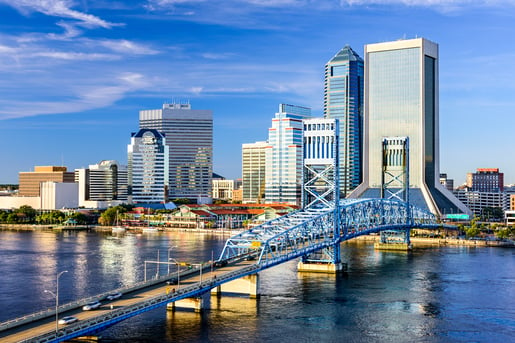Many major cities were hit hard by the pandemic — having a dense population became as undesirable as can be. But falling so far only means there is a lot of room to come back and that's exactly what these cities are doing.

COVID disrupted the way cities ran. When everything shut down, the draw that cities had on people was also turned off; the disrupted city culture changed so much that it actually affected migration patterns. Major cities, such as NYC or San Francisco, no longer had the same appeal. People started moving to smaller cities with a lower population density. They were attracted to the lower cost of living, but the same opportunities for culture, work and walkability.
The shift away from major urban areas were heightened by the lack of a need to work in the office. Firms no longer needed to have offices in the city because employees were working at home; they have had to reconsider their costs and many are even moving to a decentralized model of work.
Cities had to find new ways to attract people and they certainly did not disappoint.
From turning public streets into outdoor seating for restaurants to adaptive reuse of buildings, cities have developed a new perspective on public spaces that led to utilizing them in fun and creative ways. These trends revitalized the city.
The repurposing of public streets into pockets for outdoor dining use was a hit. The pandemic, particularly after lockdowns, emphasized the desire for people to interact with others and this was especially evident within the retail sector. Once restrictions eased, people flocked back to physical retail locations — they don't want to do everything online or from an app.
Another trend that was enhanced by the pandemic was adaptive reuse. Investors and developers re-accessed how to best use their buildings to get the best return on their investment as demand between the difference CRE sectors shifted with consumer demand. While this presented some challenges with zoning policies, repurposing older buildings, rather than developing new ones, was more efficient in terms of resources.
These changes not only highlighted, but proved that cities are dependent on people wanting to live, work, and hang out in the same spaces; it creates a healthy urban core. People aren't there just to work. They want access to the plethora of amenities urban centers have to offer. They are especially attracted to the close proximity to restaurants, entertainment, the arts, etc. The aversion to monocultures (of having just ONE asset type available) also increased opportunities for the commercial real estate industry to get creative.
Another strategy that cities and CRE professionals have adopted in light of the pandemic is listening to consumer concerns and desires.
A major trend within the commercial real estate industry focuses on health and wellness. COVID brought the health concern to the forefront, pushing investors to look for solutions to address issues such as sanitation, accountability and transparency regarding health measures. Lockdown from COVID emphasized the wellness concern as well. Many struggled with mental health during isolation and some buildings are taking that into account through amenities such as meditation rooms.
The combination of desirable amenities and the adaptability of cities points to a positive future for Commercial Real Estate in urban areas. By leaning into the trend of adaptability and listening to consumer demand, major cities and the commercial real estate industry will be just fine in the future.
What do you think? We want to hear your thoughts!
Email us at theboss@loanboss.com to continue the conversation.
Check out our blog page for more industry insights and trends.